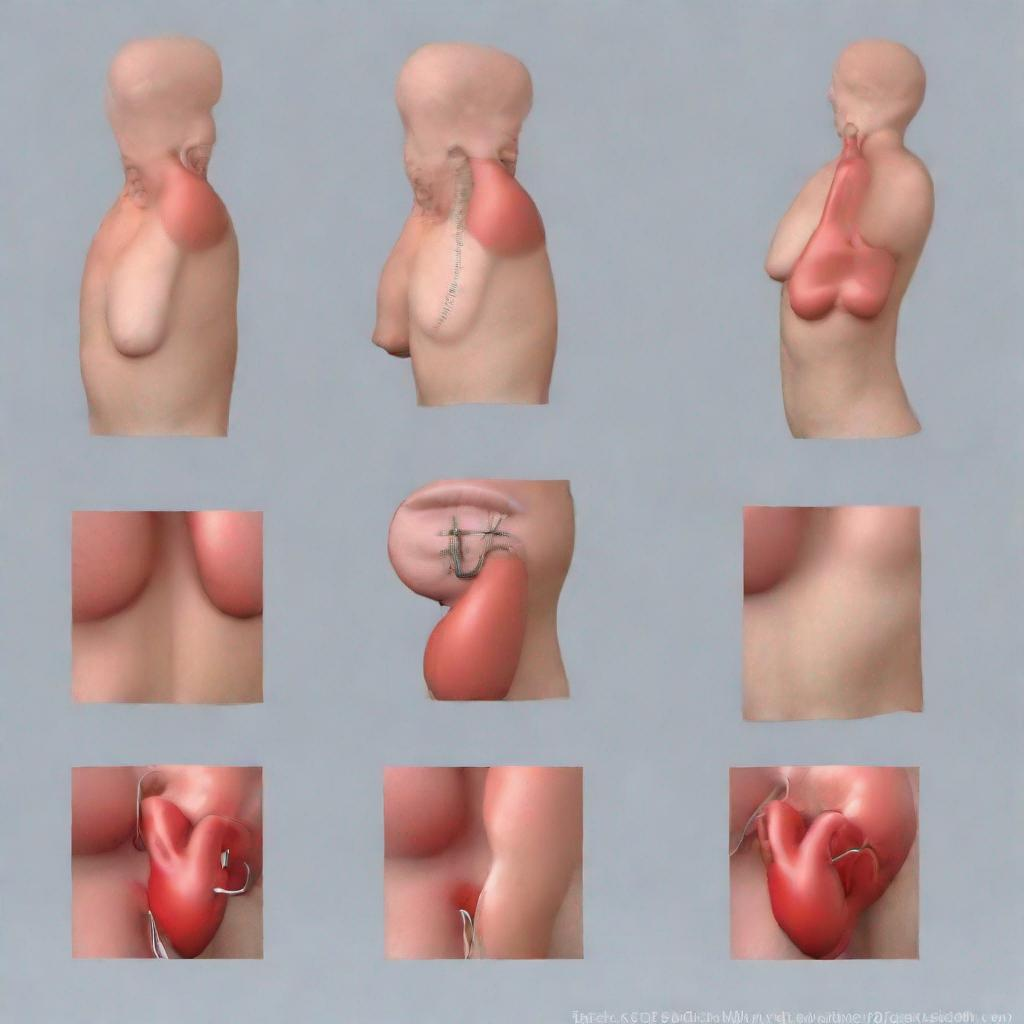## Cardiac Auscultation: A Comprehensive Guide
### Introduction
Cardiac auscultation, often referred to as heart auscultation, is a simple yet effective medical test used to evaluate the sounds produced by the heart. These sounds can provide valuable information about the heart’s structure, function, and any potential abnormalities.
### Procedure
Cardiac auscultation is performed using a stethoscope, an instrument that allows doctors to listen to the heart’s sounds. The doctor will place the stethoscope on various locations of the chest, typically over the:
– Aortic area (right second intercostal space)
– Pulmonic area (left second intercostal space)
– Tricuspid area (right fifth intercostal space)
– Mitral area (left fifth intercostal space)
The doctor will listen to the heart sounds during different phases of the cardiac cycle, which are represented by systole and diastole. Systole refers to the contraction of the heart, while diastole refers to the relaxation of the heart.
### Diagnosis
Cardiac auscultation can help identify a wide range of conditions and diseases, including:
– **Arrhythmia:** Irregular or abnormal heart rhythms
– **Aortic stenosis:** Narrowing of the aortic valve
– **Atrial septal defect:** Hole in the atrial septum, the wall separating the heart’s atria
– **Cardiomyopathy:** Disease of the heart muscle
– **Congenital heart defect:** Heart defect present from birth
– **Heart failure:** Inability of the heart to pump enough blood to meet the body’s needs
– **Hypertrophic cardiomyopathy:** Thickening of the heart muscle
– **Mitral regurgitation:** Leaking of blood back into the left atrium through the mitral valve
– **Mitral stenosis:** Narrowing of the mitral valve
– **Myocardial infarction:** Heart attack
– **Patent ductus arteriosus:** Failure of the ductus arteriosus to close after birth
– **Pericarditis:** Inflammation of the pericardium, the sac around the heart
– **Pulmonary hypertension:** High blood pressure in the arteries that carry blood from the heart to the lungs
– **Tricuspid regurgitation:** Leaking of blood back into the right atrium through the tricuspid valve
– **Valvular heart disease:** Damage to one or more of the heart’s valves
– **Ventricular septal defect:** Hole in the ventricular septum, the wall separating the heart’s ventricles
### Importance
Cardiac auscultation is crucial for diagnosing and monitoring various heart conditions. It allows doctors to assess the heart’s function, detect murmurs (abnormal heart sounds), and determine the severity of a heart problem. By identifying heart abnormalities early on, appropriate treatment can be initiated to prevent complications and improve the patient’s overall health.
### Alternatives
In some cases, alternative tests may be used in conjunction with or instead of cardiac auscultation. These include:
– **Electrocardiography (ECG):** Records the electrical activity of the heart
– **Echocardiography:** Uses sound waves to create images of the heart
– **Phonocardiography:** Records heart sounds for further analysis
### Preparation
Cardiac auscultation does not require specific preparation. Patients should wear loose, comfortable clothing that allows easy access to the chest.
### Duration
The test typically takes only a few minutes, and results are usually available immediately.
### Recommendations
In addition to cardiac auscultation, other tests that may be recommended based on the results include:
– **Blood tests:** Check for heart damage or other abnormalities
– **Chest X-ray:** Assess the size and shape of the heart
– **Cardiac MRI:** Provide detailed images of the heart and its structures
– **Cardiac catheterization:** Invasive procedure that allows doctors to directly visualize the heart and its arteries


